People
On Fame and Famous Friends: 6 Quotes to Celebrate Hedda Sterne’s Birthday
She wasn't asking for attention, but she received it.
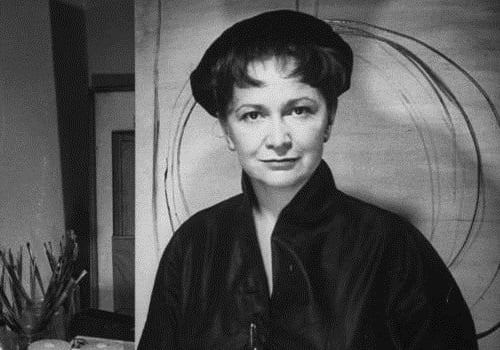
She wasn't asking for attention, but she received it.

Lauren Palmer

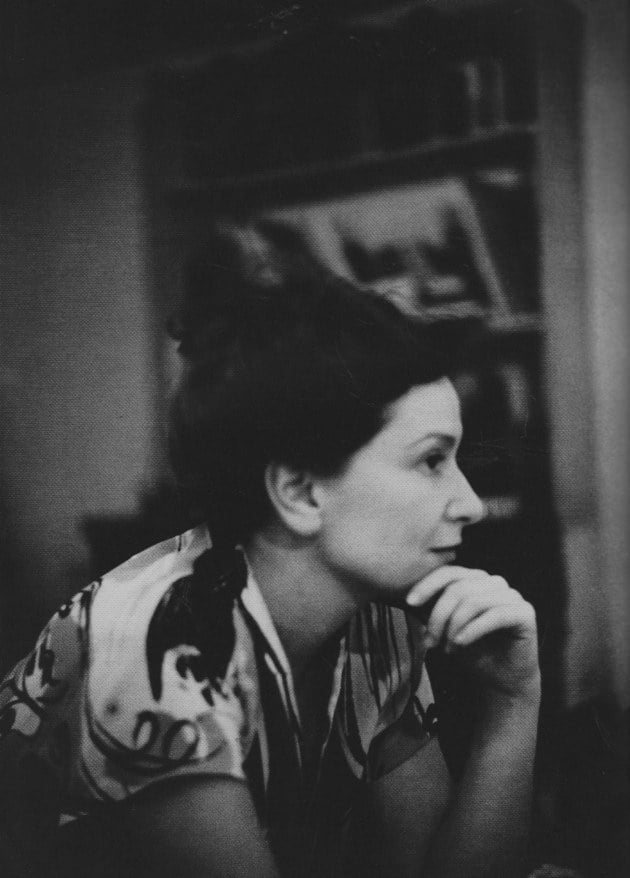
Henri Cartier-Bresson, Hedda Sterne, 1946. Photo courtesy of Henri Cartier-Bresson/Magnum Photos.
With her strong intellect and unique painting style, Hedda Sterne was an outlier in a male-dominated scene.
Content to keep out of the spotlight, the artist, whose friend and gallerist, Betty Parsons called “a very electric but sensitive person” in a 1977 interview in Women Art, defied categorization throughout her long career.
A letter of protest to the Metropolitan Museum of Art in New York for the absence of any Abstract Expressionist artwork in its American Painting Today 1950 spurred Life magazine to take the portrait of the Ab Ex dissenters; Jackson Pollock, Barnett Newman, Mark Rothko and others came together to champion their cause in print. “The feather on the top” was Sterne, although she did not see herself as a member of the movement.
Choosing not to identify with the Abstract Expressionist artists of the “Irascibles” portrait might have cost Sterne a certain level of celebrity, but she didn’t care about being famous. “They all were very furious that I was in it because they all were sufficiently macho to think that the presence of a woman took away from the seriousness of it all,” she says about the Life photograph in a 1981 interview.
Sterne, who died in 2011, would have celebrated her 105 birthday today. Below, we honor her life and work through her own words.
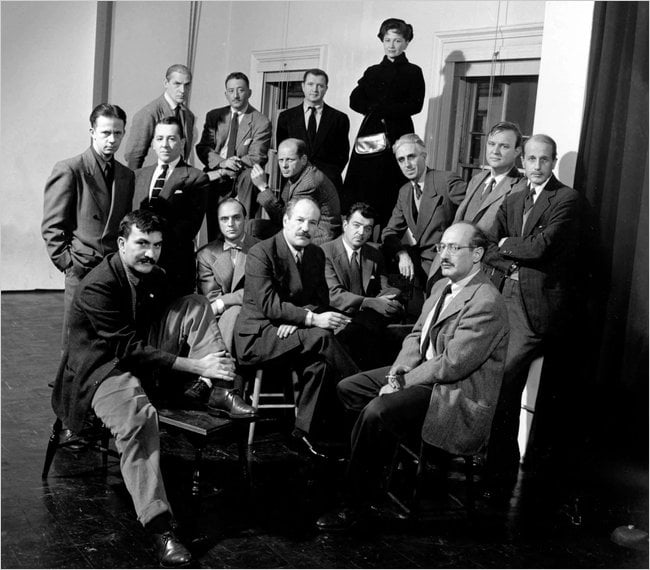
The now-famous 1951 Life magazine photograph of the Abstract Expressionists’ leading lights.
Hedda Sterne is in the back, standing.
Credit Nina Leen/Time & Life Pictures- Getty Images.
On that photo:
“I am known more for that darn photo than for eighty years of work. If I had an ego, it would bother me.”
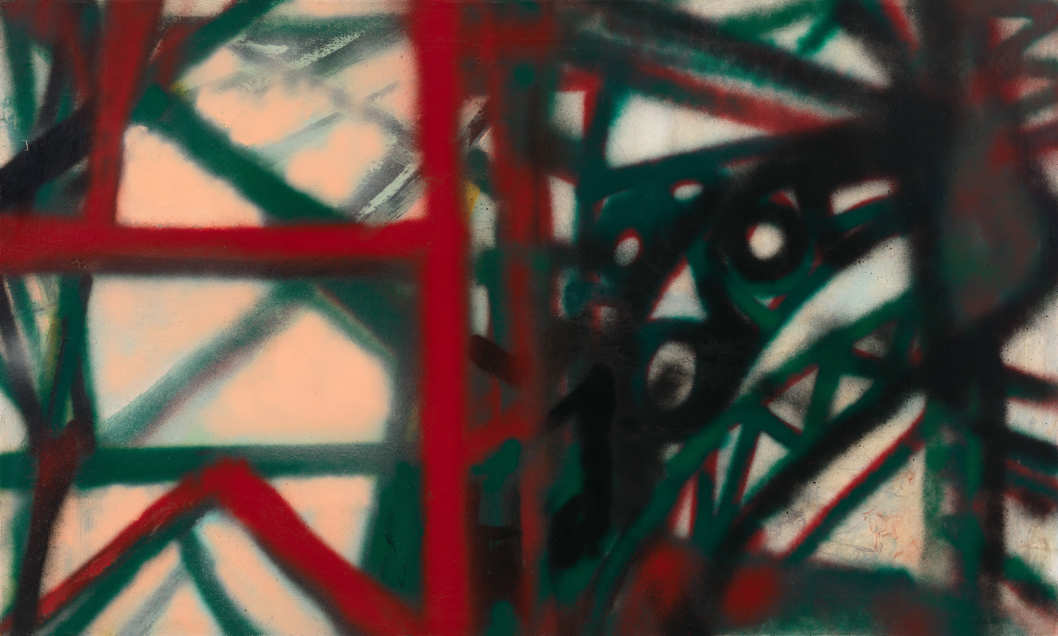
Hedda Sterne, New York, New York, 1955 (1955). Estate of Hedda Sterne/Artists Rights Society (ARS), New York. Photo: Robert Gerhardt and Denis Y. Suspitsyn/Digital Image: Whitney Museum of American Art
On fame:
“The need for attention is so pathetic, it’s such a loss of freedom, such a slavery.”
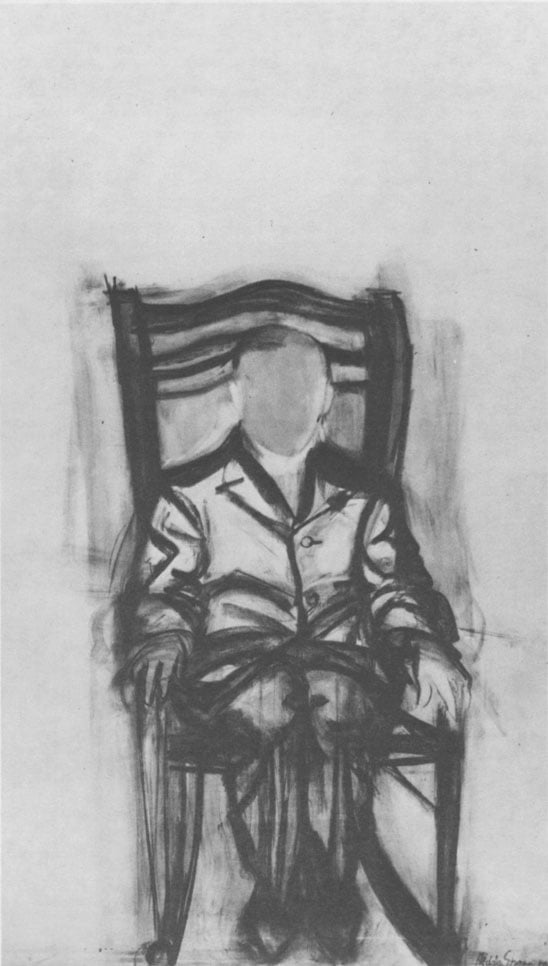
Hedda Sterne, Portrait of Frederick Kiesler, 1954, oil on canvas, 72×42″. Photo courtesy of BOMB Magazine/ The Queens Museum.
On exhibiting, posthumously:
“I don’t expect too much from a show…. The work of an artist gets its total meaning when he [draws] his last brushstroke.”
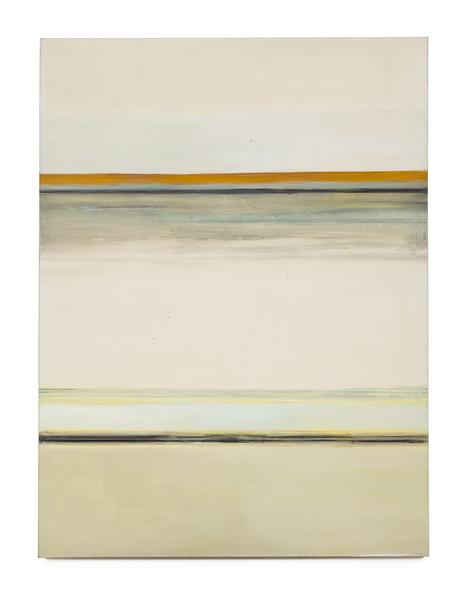
Hedda Sterne, Vertical Horizontal # 7 1/2, 1963. Photo
© The Hedda Sterne Foundation, Inc. / Licensed by ARS, New York, NY.
On Franz Kline’s cat:
“Franz Kline one evening talked about his cat for hours. And we sat there-it was like Scheherazade. We were totally enthralled listening to him. He had us paralyzed with interest and awe, just talking about his cat.”
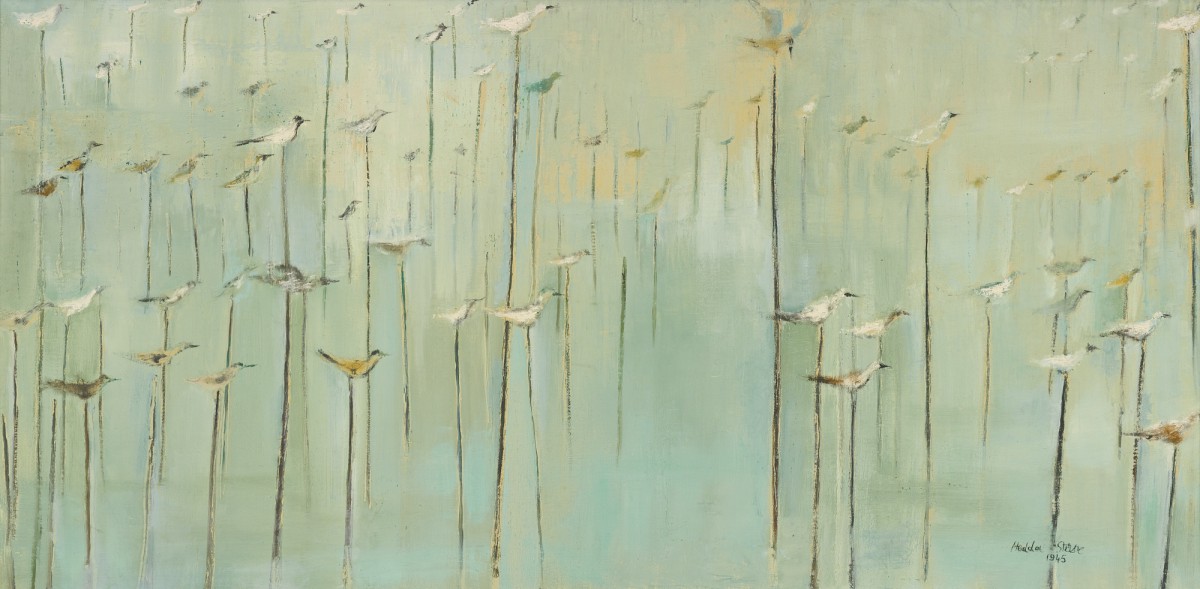
Hedda Sterne, Sea Gulls (1945). Photo courtesy of Sotheby’s.
On Peggy Guggenheim:
“She was my first friend in the United States… And when I moved to New York, we were neighbors. As a matter of fact, for a while, she was my only friend.”
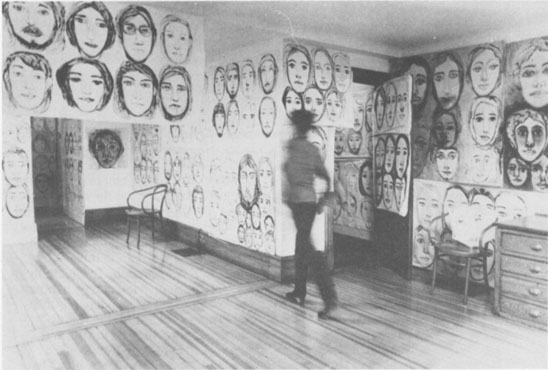
A corner of Hedda Sterne’s studio, photographed in 1970 by Duane Michals. Courtesy of the artist/BOMB magazine.
On being moved:
“At all times I have been moved, to paraphrase [Irish poet] Seamus Heaney, by the music of the way things are… And through all this pervades my feeling that I am only one small speck (hardly an atom) in the uninterrupted flux of the world around me.”